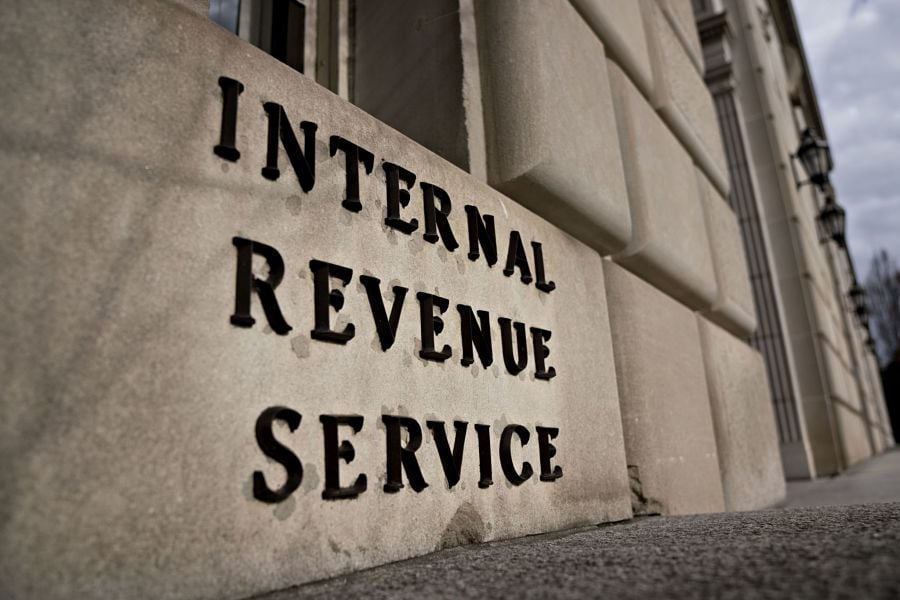

The annual limit on contributions to a 401(k) is going up by $1,000 next year, the IRS announced Thursday.
The new limit, $20,500, is up from the current amount of $19,500 and applies to other defined-contribution plans as well, including 403(b)s, 457s and the federal Thrift Savings Plan.
The contribution limit for SIMPLE retirement accounts is also being hiked, to $14,000, up from the current annual amount of $13,500.
The IRS is also increasing the income ranges for eligibility to make deductible contributions to traditional and Roth IRAs as well as to claim the Saver’s Credit.
However, annual limits on contributions to individual retirement accounts are not budging next year. People will be able to put up to $6,000 into IRAs, plus an additional $1,000 in catch-up contributions if they are 50 or older, the IRS stated.
Catch-ups for 401(k)s, 403(b)s, 457s and the TSP are also staying the same, at $6,500, which means that people 50 or older can contribute a maximum of $27,000 into those accounts next year. The catch-up limit for SIMPLE plans is also staying the same, at $3,000.

While industry statistics pointing to a succession crisis can cause alarm, advisor-owners should be free to consider a middle path between staying solo and catching the surging wave of M&A.

New joint research by T. Rowe Price, MIT, and Stanford University finds more diverse asset allocations among older participants.

With its asset pipeline bursting past $13 billion, Farther is looking to build more momentum with three new managing directors.

A Department of Labor proposal to scrap a regulatory provision under ERISA could create uncertainty for fiduciaries, the trade association argues.

"We continue to feel confident about our ability to capture 90%," LPL CEO Rich Steinmeier told analysts during the firm's 2nd quarter earnings call.
Orion's Tom Wilson on delivering coordinated, high-touch service in a world where returns alone no longer set you apart.
Barely a decade old, registered index-linked annuities have quickly surged in popularity, thanks to their unique blend of protection and growth potential—an appealing option for investors looking to chart a steadier course through today's choppy market waters, says Myles Lambert, Brighthouse Financial.
